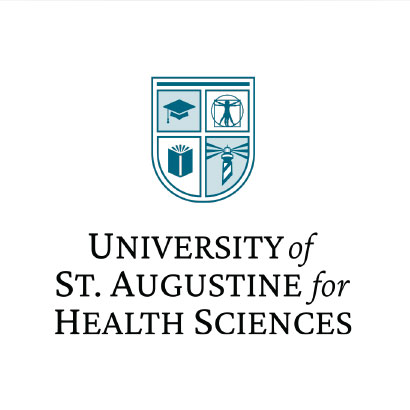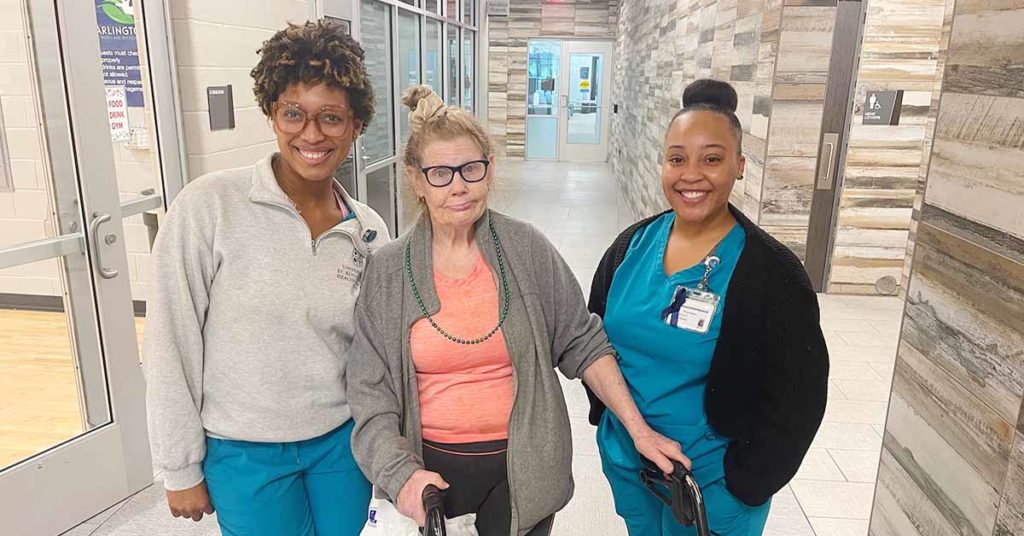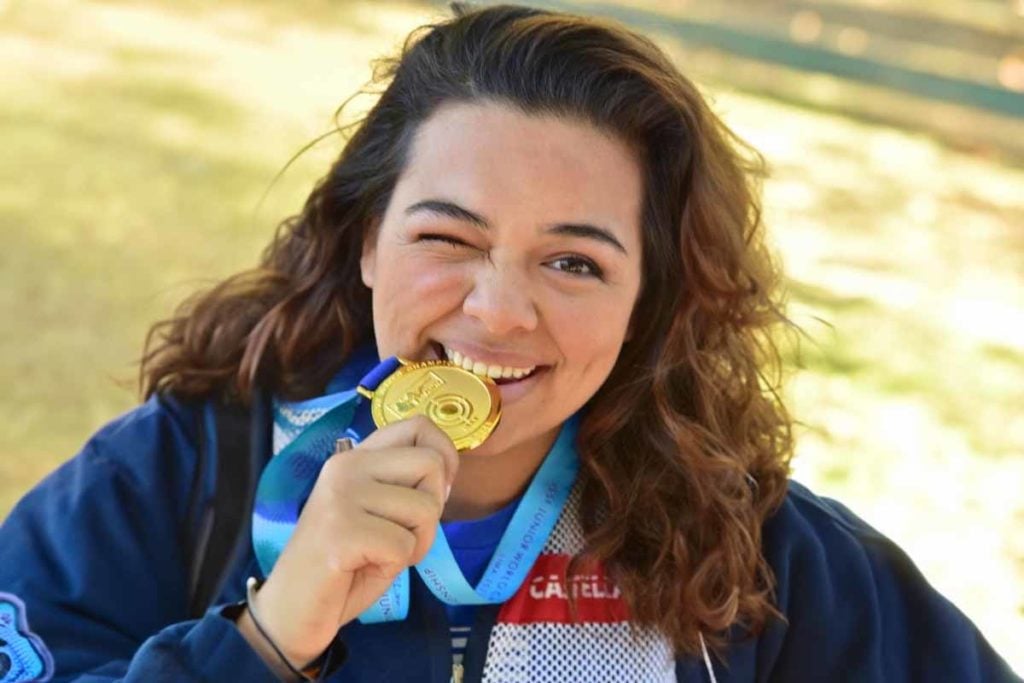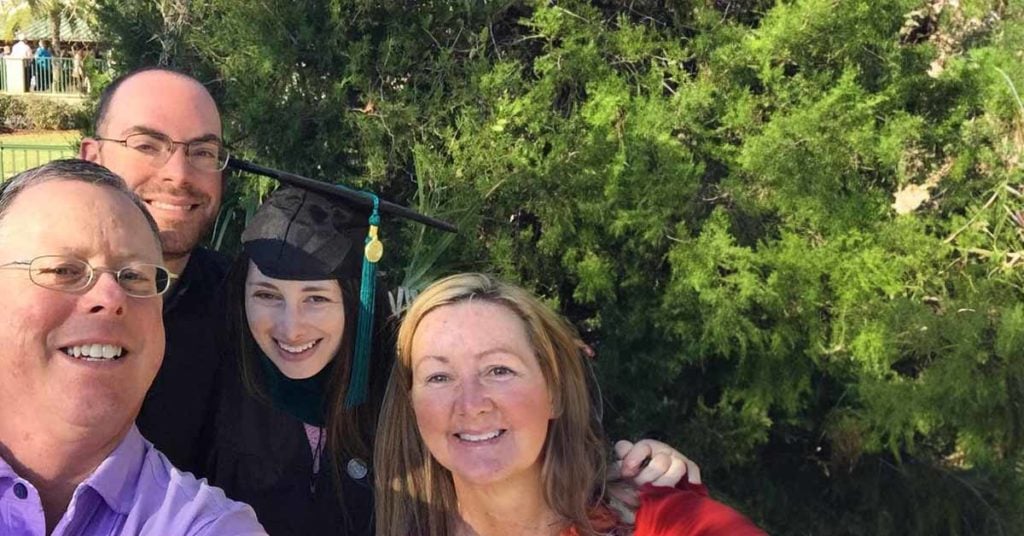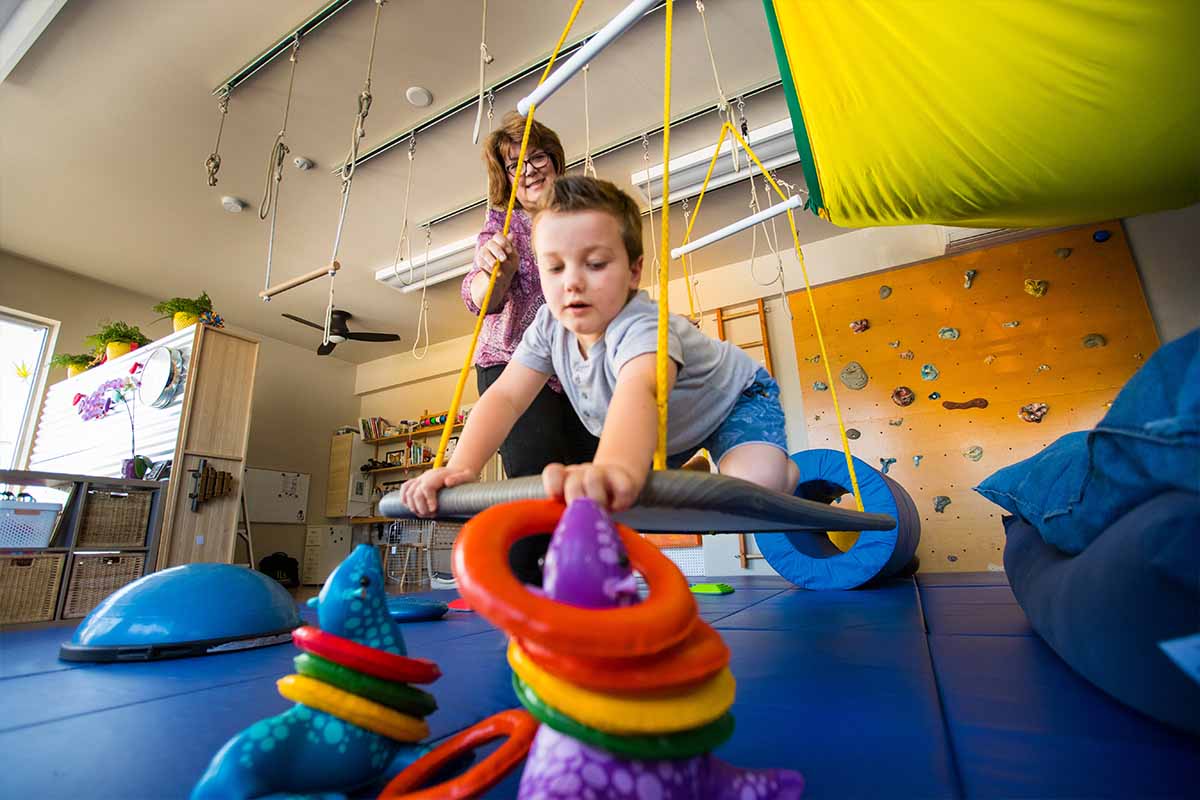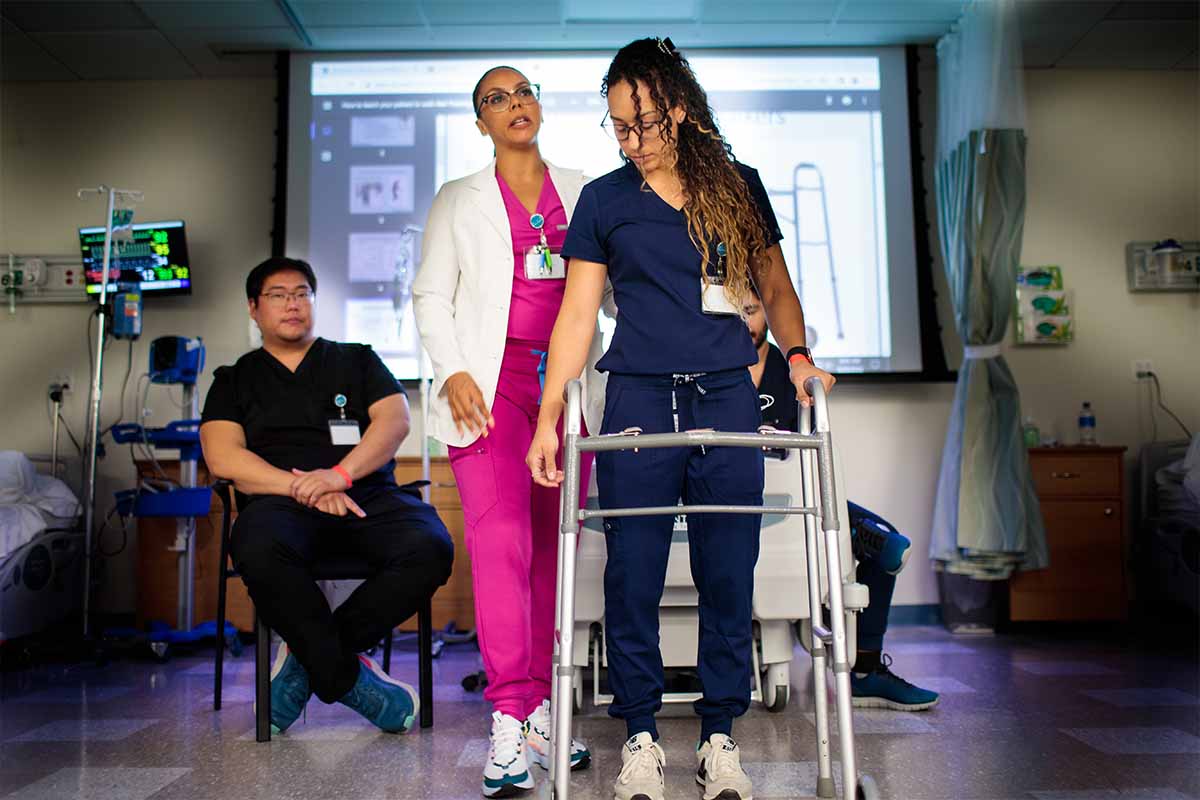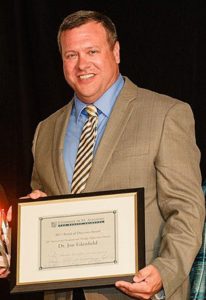

In January 2019, Stella Johnson, CEO of Hope Haven Children’s Clinic in Jacksonville, FL, connected VR Dreamz, a virtual reality company, with Great Strides Rehabilitation Inc, a comprehensive pediatric therapy and educational center of excellence, and Dr. Edenfield’s rehab center.
VR Dreams has approached the clinic because they wanted to create an application to be used by therapists, but they had no idea where to start.
“We had about 10-15 therapists come to a meeting and we brainstormed about 25 different potential applications for this VR,” Dr. Edenfield said. “A lot of them having to do with various development disabilities.”
At their initial meeting, Executive Director of VR Dreamz, Peter M. von Dyck, put the VR goggles on Dr. Edenfield and his team to show them the technology’s capabilities.
How Does Virtual Reality Occupational Therapy Work?
The goggles immerse users in a whole new environment, allowing them to look around and explore, but VR Dreamz also have sensors that go on users’ hands and feet. The sensors give the users feedback when they reach to touch or feel things within the virtual environment, making the experience even more real.
Dr. Edenfield said that the first step in the development of an application such as this is to ensure the software engineers gain an understanding of the deficits that children with developmental disabilities are exhibiting and how a therapist can help them improve. At the same time, the clinicians also must gain an understanding of VR technology and its capabilities.
Dr. Edenfield reports that the initial app will focus on teaching common developmental skills which many of us take for granted. These may include activities of daily living such as brushing teeth, preparing food and safely navigating community settings. The most current stage of development for the application is to “gamify” the environment.
“As the kids complete the steps, what do we do? Do we make a noise? Do we play a video? Do we make coins appear?” Dr. Edenfield gave examples. The team hopes to begin testing the app with children in Jacksonville soon.
The Benefits of VR in Occupational Therapy
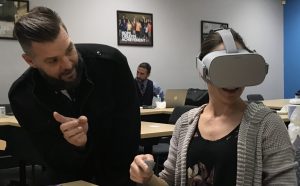

This technology will allow therapists to work in a safe and controlled environment that isn’t otherwise accessible for them and their clients.
“I am so excited to be a part of this partnership because there are so many possibilities for improving treatment methods and ultimately helping our patients make progress,” Adrienne Vickers, Doctor of Physical Therapy, USA class of 2012 said.
Katie Bishop OTR/L USA class of 2013 and Vickers are participating clinicians on the VR development team and part of Dr. Edenfield’s team at Greater Strides Rehabilitation.
“Technology is a highly motivating tool for our patient population, but it can often times be over-stimulating to the nervous system causing sensory overload,” Bishop said. “Virtual Reality allows us to continue to manipulate various parameters in a game or experience to reduce the possibility of over stimulation.”
Not only will therapists be able to teach and coach children through these learning environments, but they will be able to adjust depending on the child’s sensitivity level.
“The ultimate goal would be to make a service where therapists and engineers could create a new potential skill or environment to work on with kids based on whatever their particular needs are,” Dr. Edenfield said. “If your kid is having trouble crossing the street, you can pick that environment from the list or if it’s cooking or whatever it is.”
Dr. Edenfield and his team see endless amounts of opportunity with this tool and are excited to be involved in its development.
Von Dyck’s team of expert software engineers previously worked on the popular video game, Guitar Hero, and are now using their efforts to help children with disabilities. Not only will they create, monitor and advance the environments and technology for therapists, but they will be able to provide therapists with data about the child’s progression.
For example, if a child is in a virtual environment learning to cross the street, the engineers will be able to track the data as to if the child looks left or right when crossing and other vital movements involved with navigating that environment.
“It is our team’s hope that through the use of VR technology we can improve treatment outcomes and the speed at which they occur for a wide range of children with developmental disabilities,” Dr. Edenfield said.
